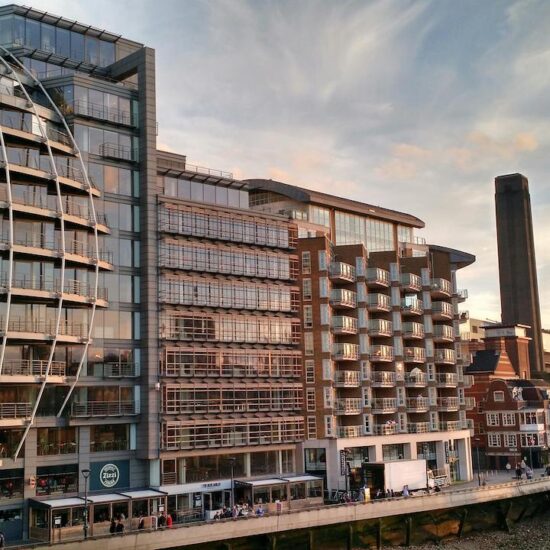We aim to shed light on important property-related topics. Today, we delve into the concept of dilapidations—an aspect within the realm of property law that can often seem complex and perplexing. Fear not, as we break it down to its fundamentals to help you gain a clear understanding of the subject.
Defining Dilapidations:
Dilapidations refer to the obligations and liabilities associated with the disrepair or neglect of a property during or at the end of a lease term. When a tenant occupies a property, they usually have an obligation to maintain it in good condition, ensuring compliance with the lease agreement. Dilapidations come into the picture when tenants fail to meet these obligations, leading to damage or deterioration.
Tenant Responsibilities:
Tenants generally have a responsibility to maintain and repair the property throughout the tenancy, keeping it in the same condition as when they took possession, barring fair wear and tear. This includes regular maintenance tasks, repairs, and compliance with any specific requirements outlined in the lease agreement.
Landlord’s Claim:
When a lease ends, a landlord has the right to make a claim for dilapidations if they believe the tenant has not met their obligations. The claim typically covers the cost of repairing and reinstating the property, putting it back into the condition specified by the lease. The aim is to restore the property to a state where it can be immediately re-let or sold.
Schedules of Dilapidations:
To assess the state of disrepair, landlords usually commission a professional surveyor to prepare a schedule of dilapidations. This document details the required remedial works and associated costs, providing the basis for negotiation or legal action. It is crucial for both parties to carefully review and address the merits of the claim to reach a fair resolution.
Negotiation and Settlement:
Following the presentation of the schedule of dilapidations, negotiations between the landlord and tenant ensue, with the aim of reaching a mutually agreeable settlement. It is in the best interest of both parties to engage in constructive discussions to avoid litigation, as legal costs and uncertainty can be burdensome.
Legal Proceedings:
If an agreement cannot be reached or if either party fails to cooperate, legal proceedings may follow. Courts may hear the case and assess the validity of claims, specifying damages to be paid by the tenant if they are found in breach of their obligations. Litigation should be seen as a last resort due to its time-consuming and adversarial nature.
Understanding the concept of dilapidation is essential for both tenants and landlords. It highlights the importance of maintaining a property during a tenancy and fulfilling related obligations.
By being proactive, tenants can avoid unnecessary expenses and strained relationships with landlords, while landlords can maintain the value and marketability of their properties. Transparency, communication, and cooperation between both parties are key to resolving dilapidation claims amicably and efficiently.
Remember, seeking professional advice, such as from surveyors or legal experts, is often advisable when dealing with dilapidation issues.
Hire A Surveyor
Our surveyors, equipped with extensive knowledge and specialist tools, help assess and map out the boundaries of your property, providing invaluable information that can guide land development plans or legal proceedings.
Whether you’re buying or selling a property, planning to construct a new building, or settling a property dispute, our professional surveyor’s expertise is essential. Contact us via email at enquiries@basebc.co.uk or call us on +442071001227.




